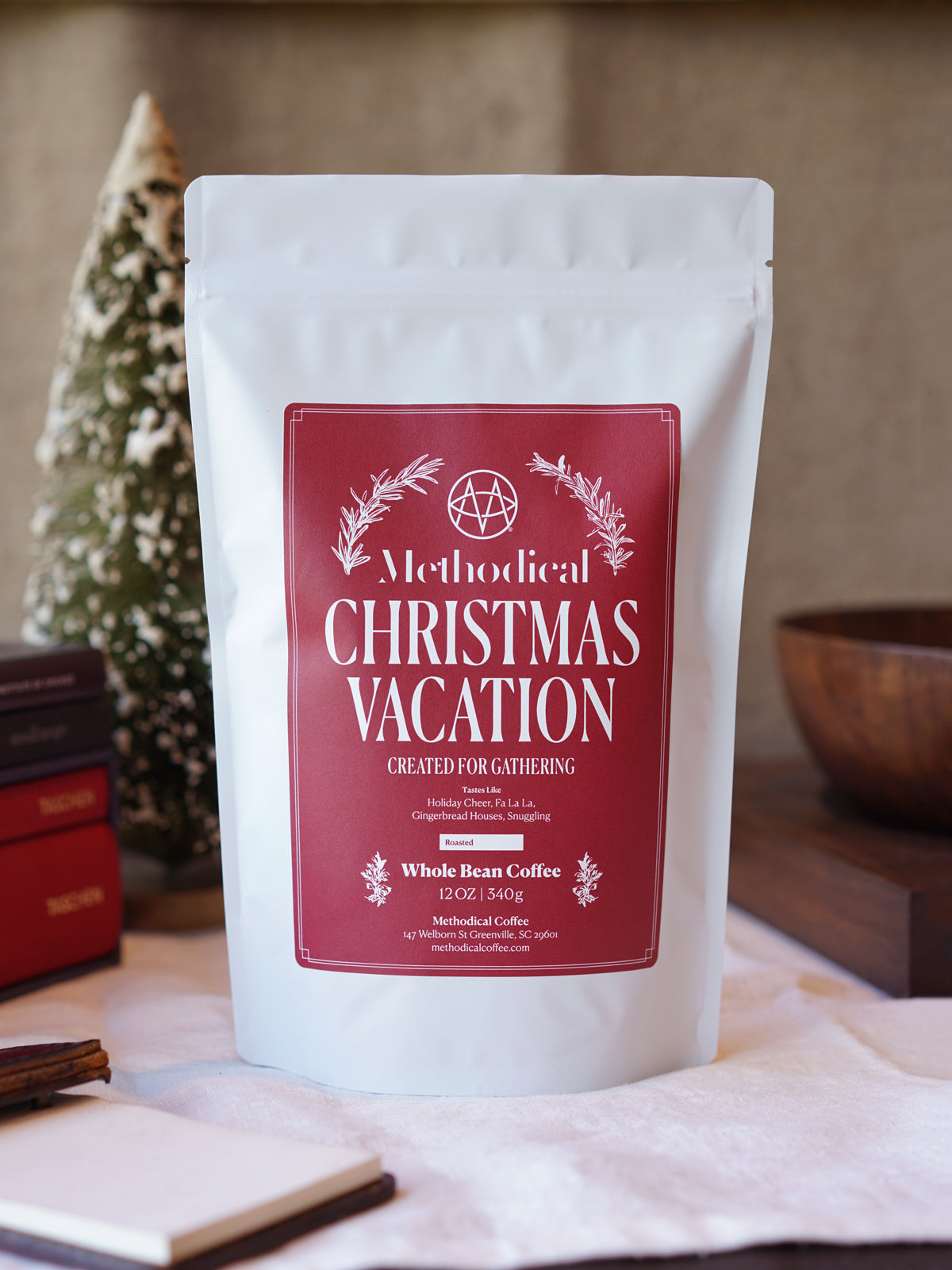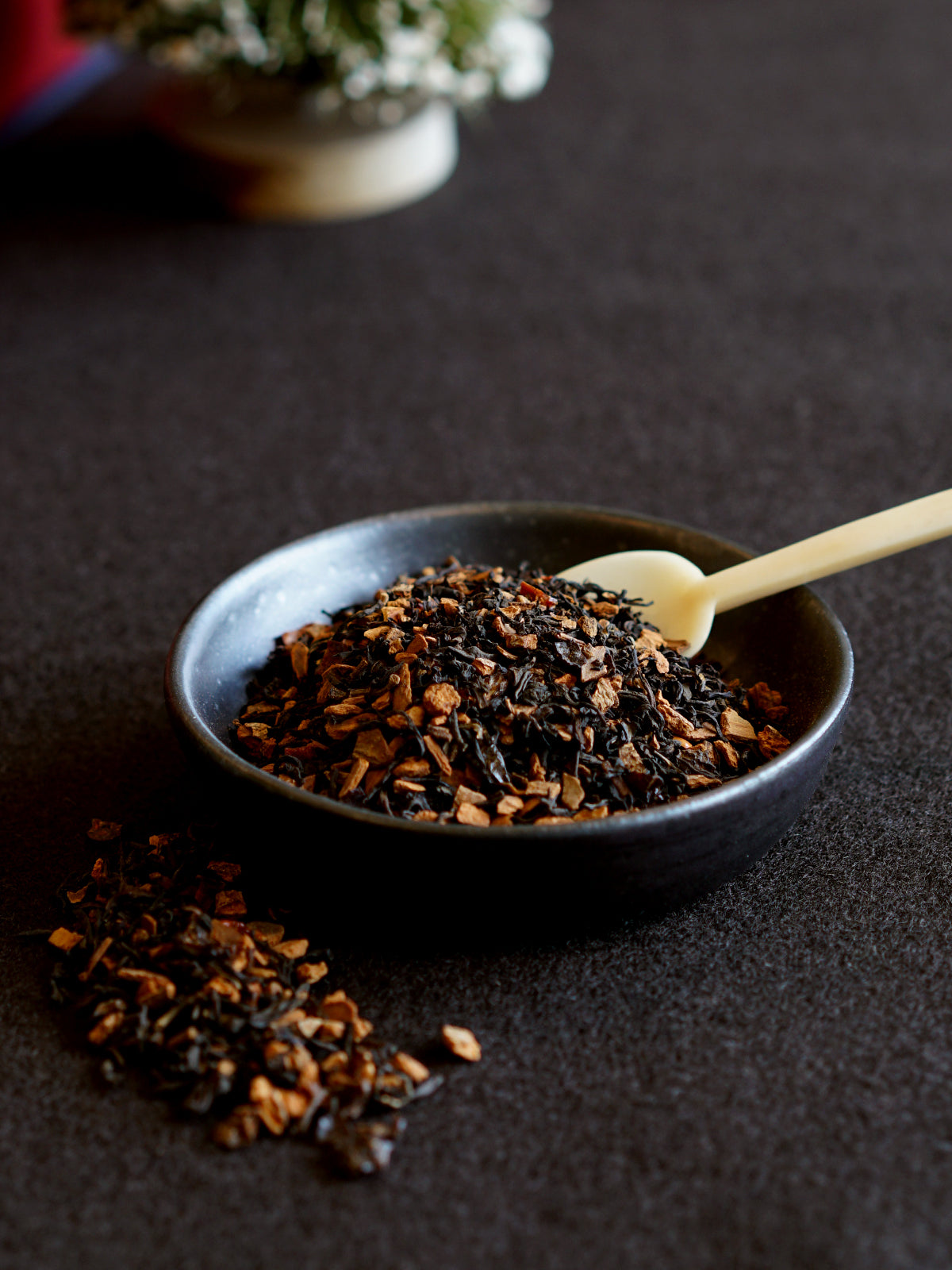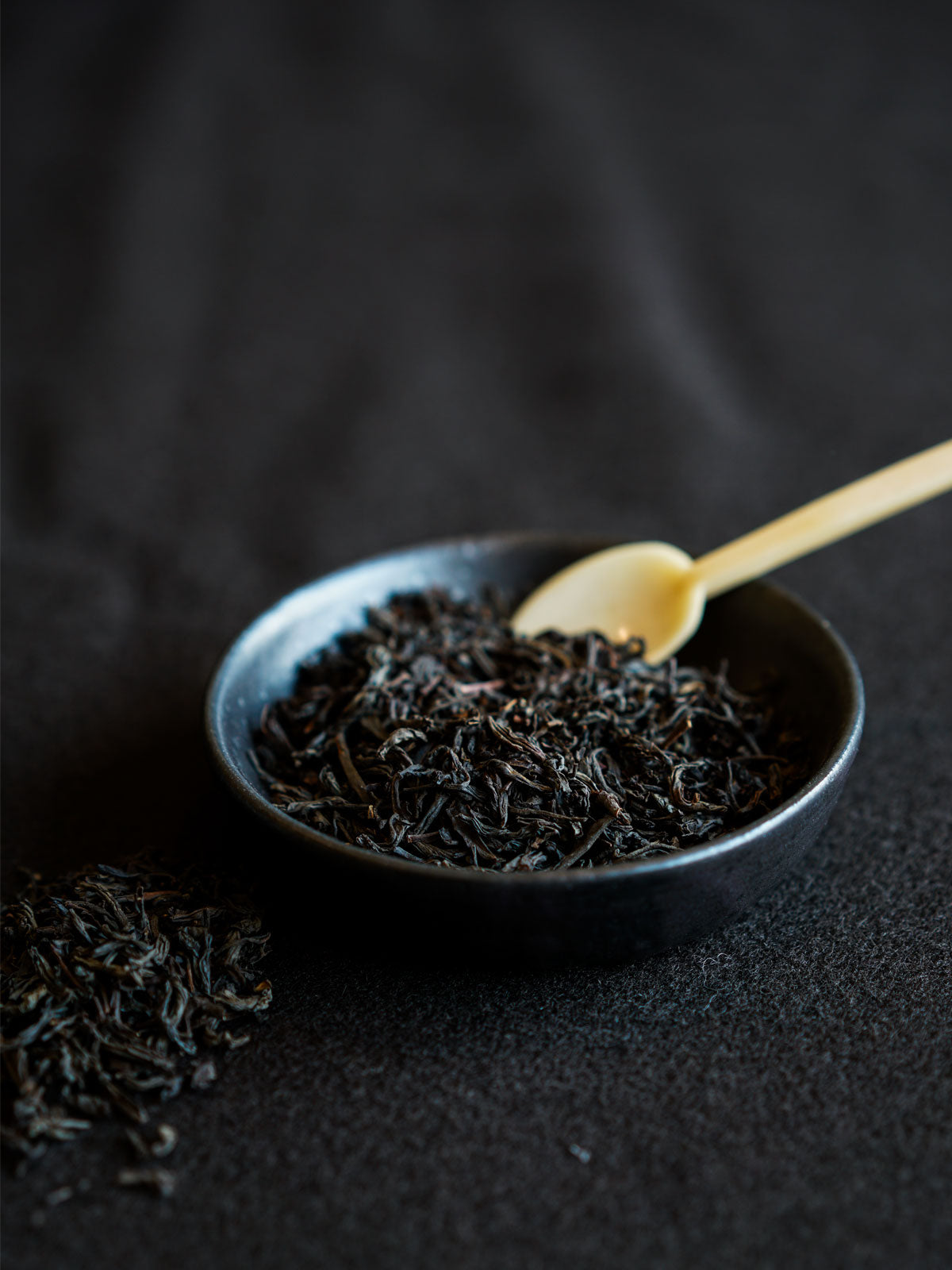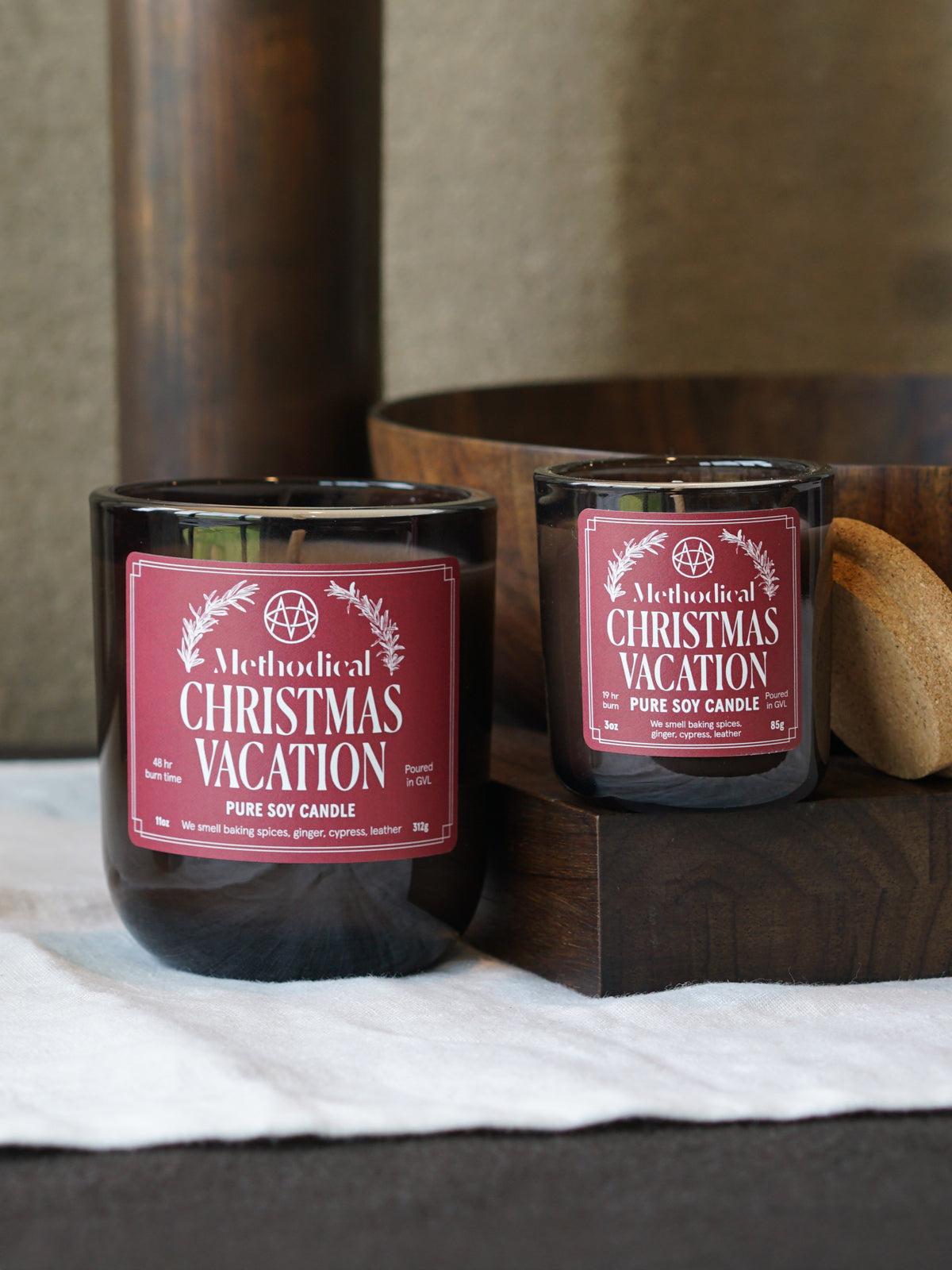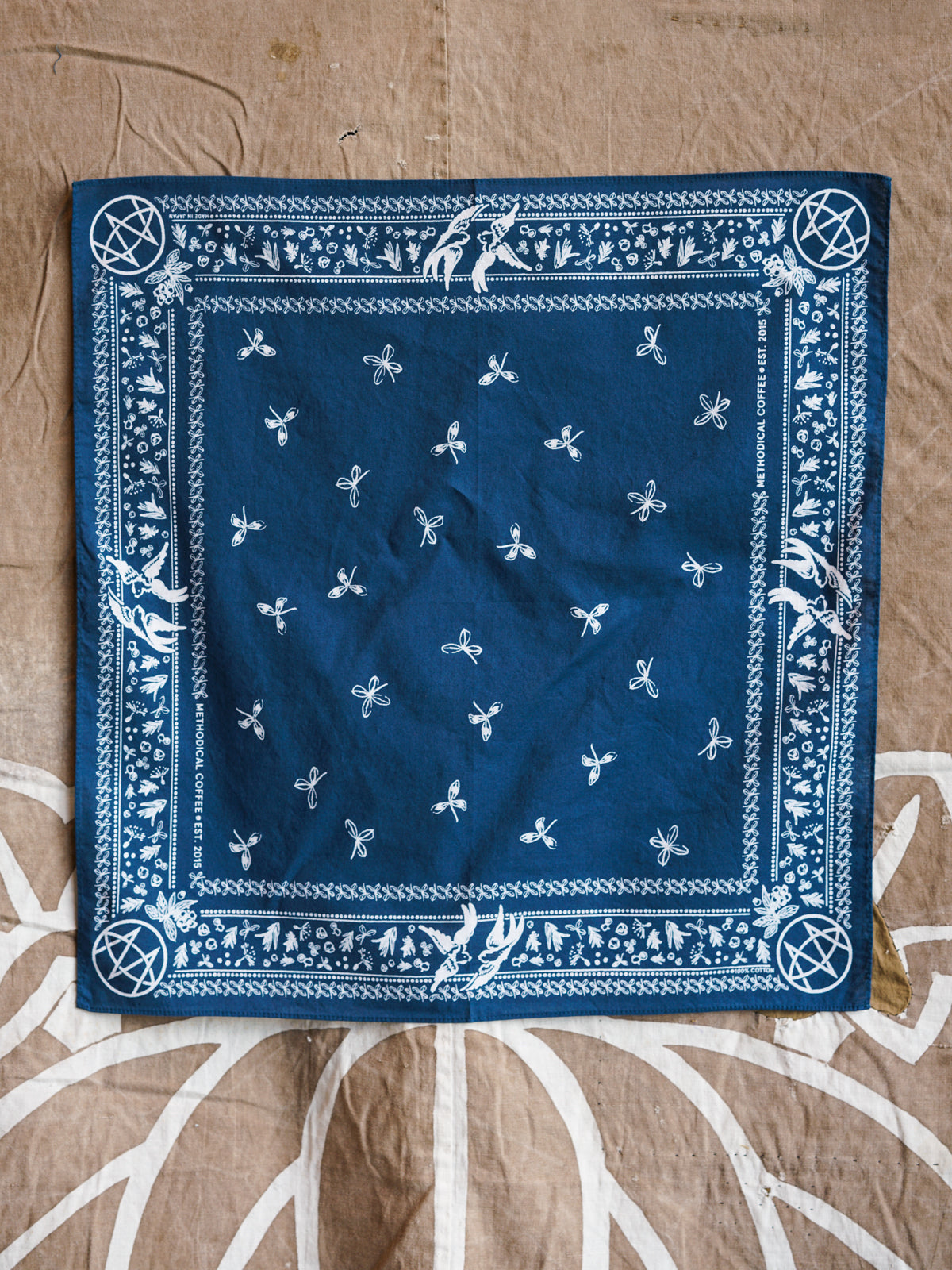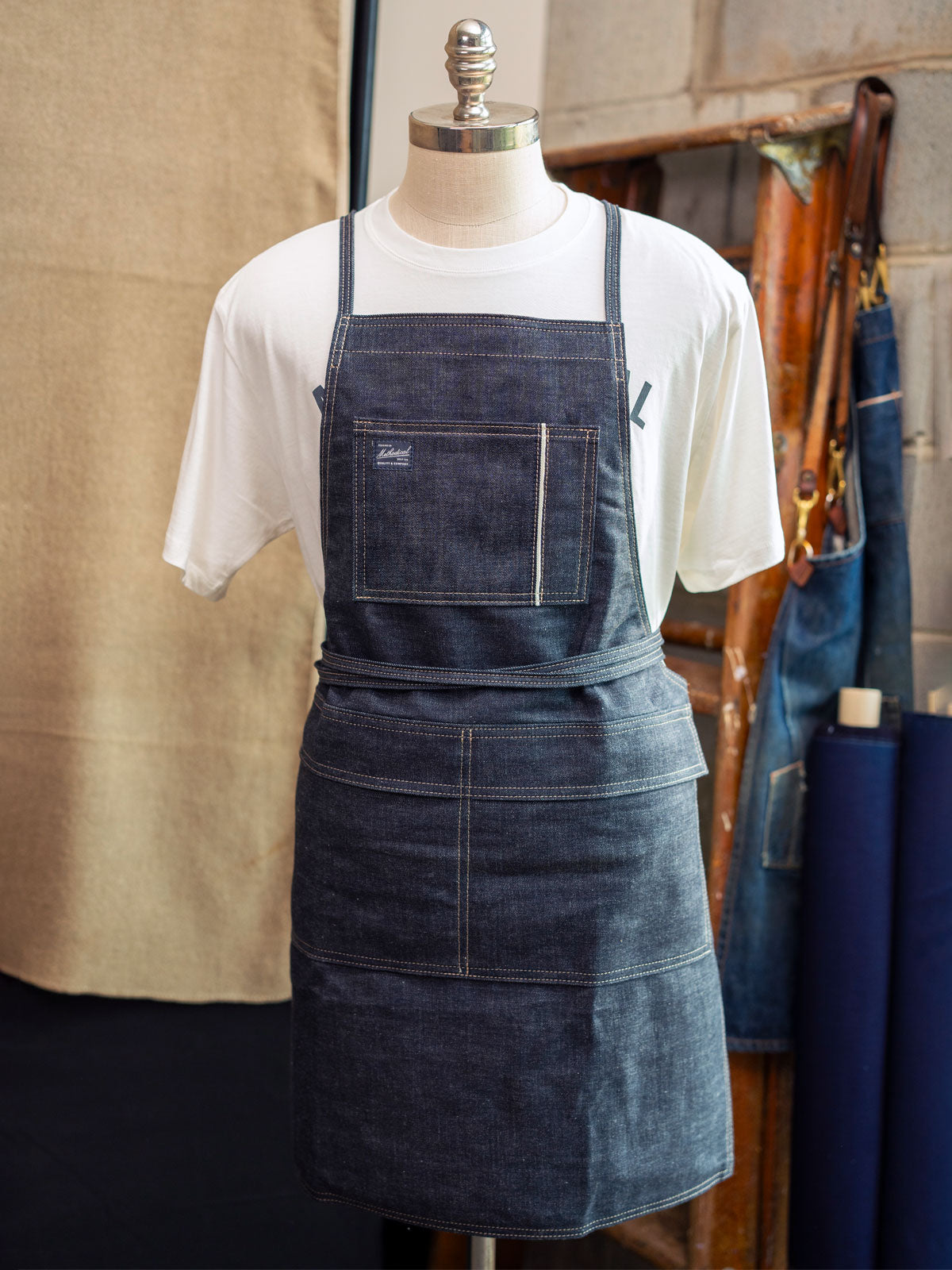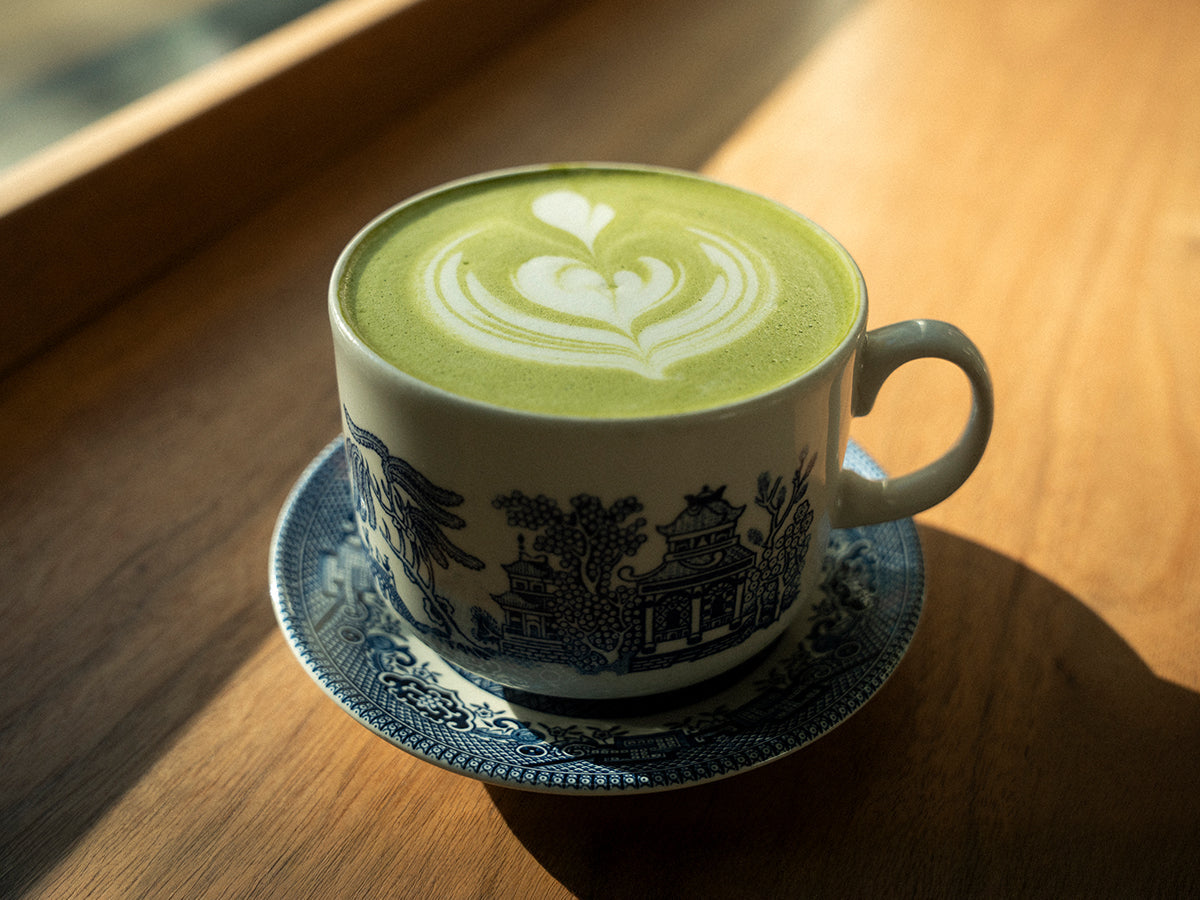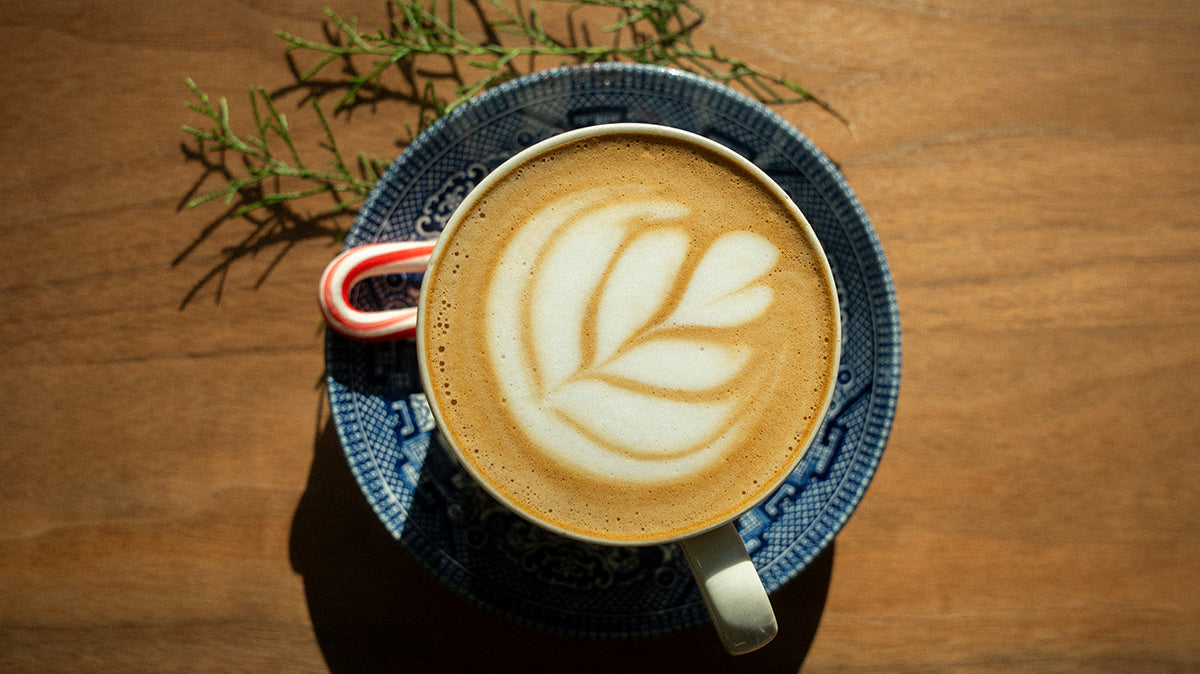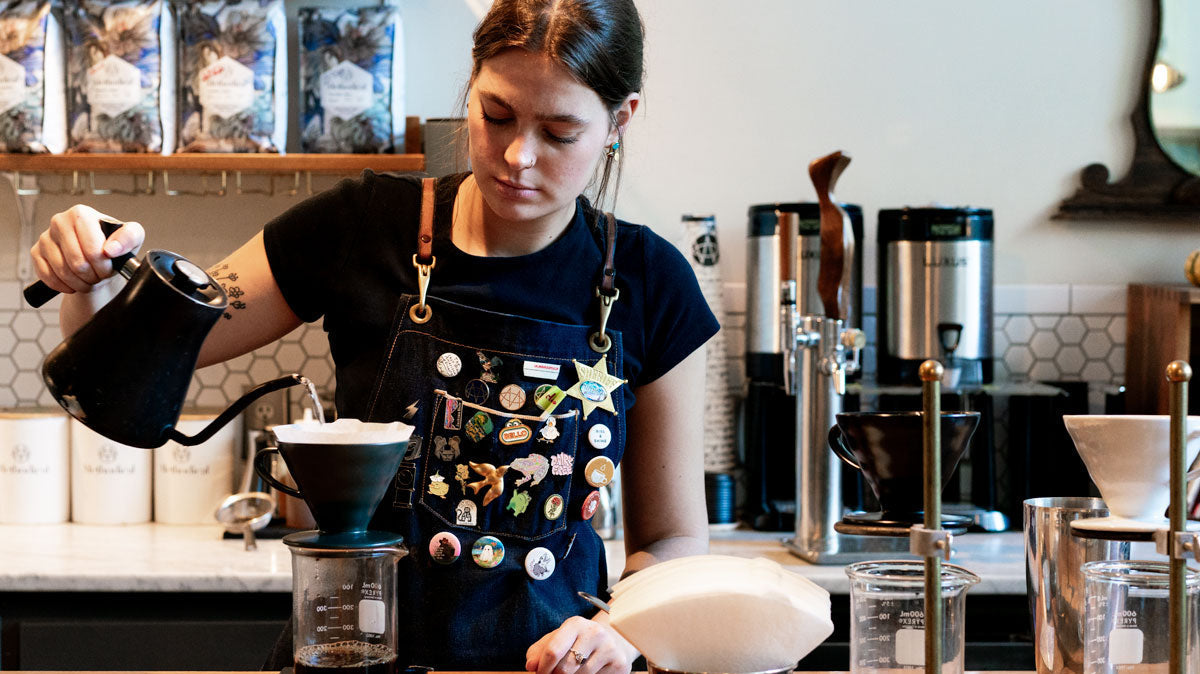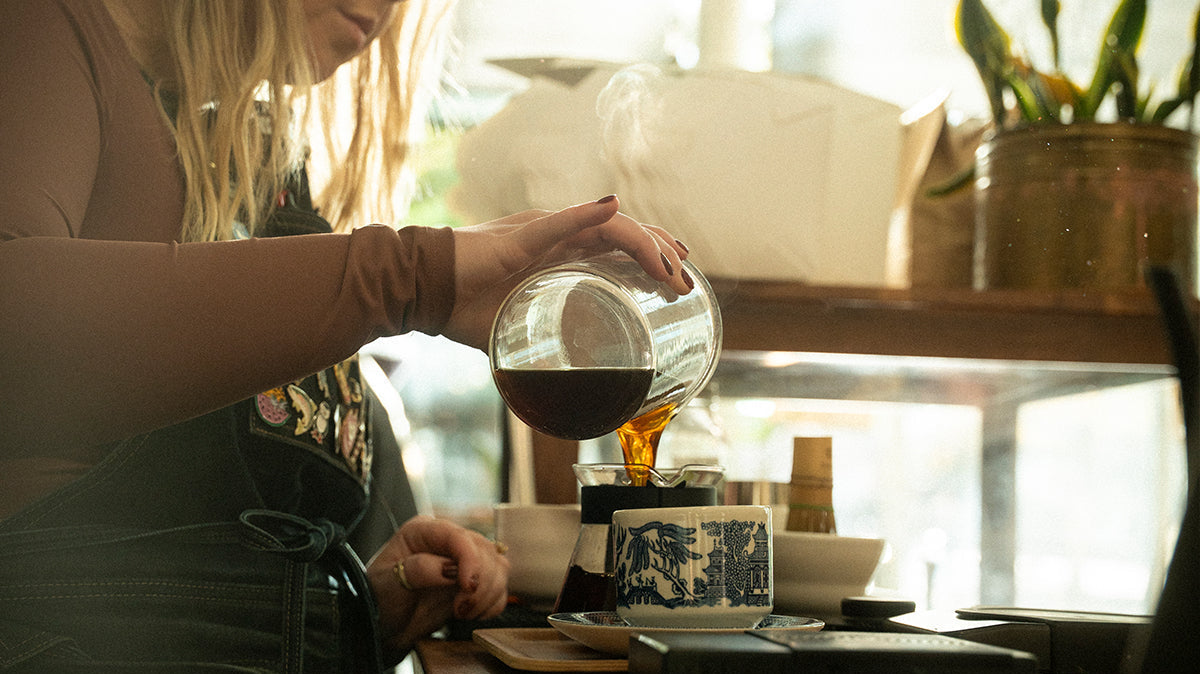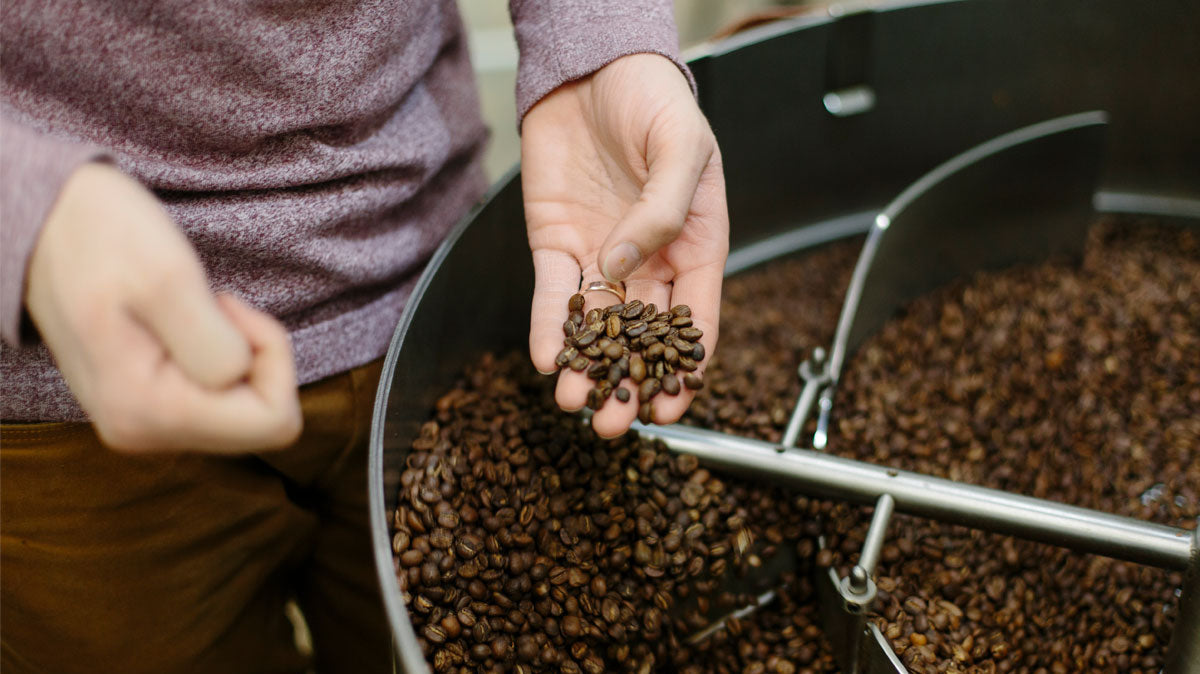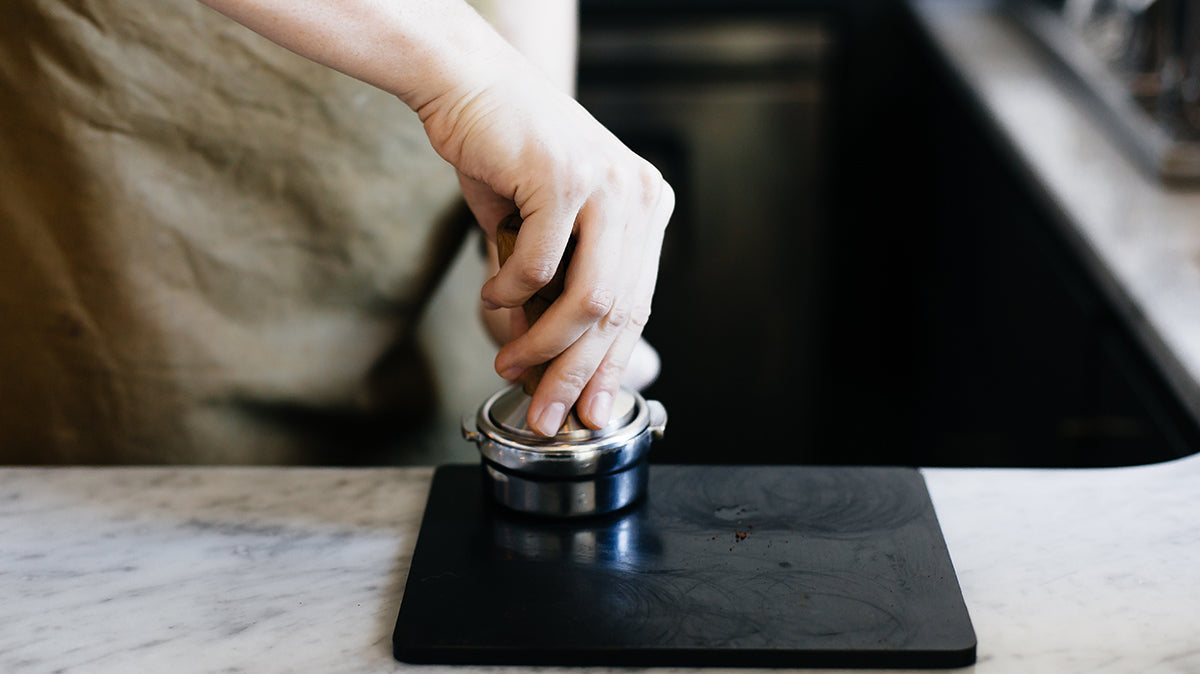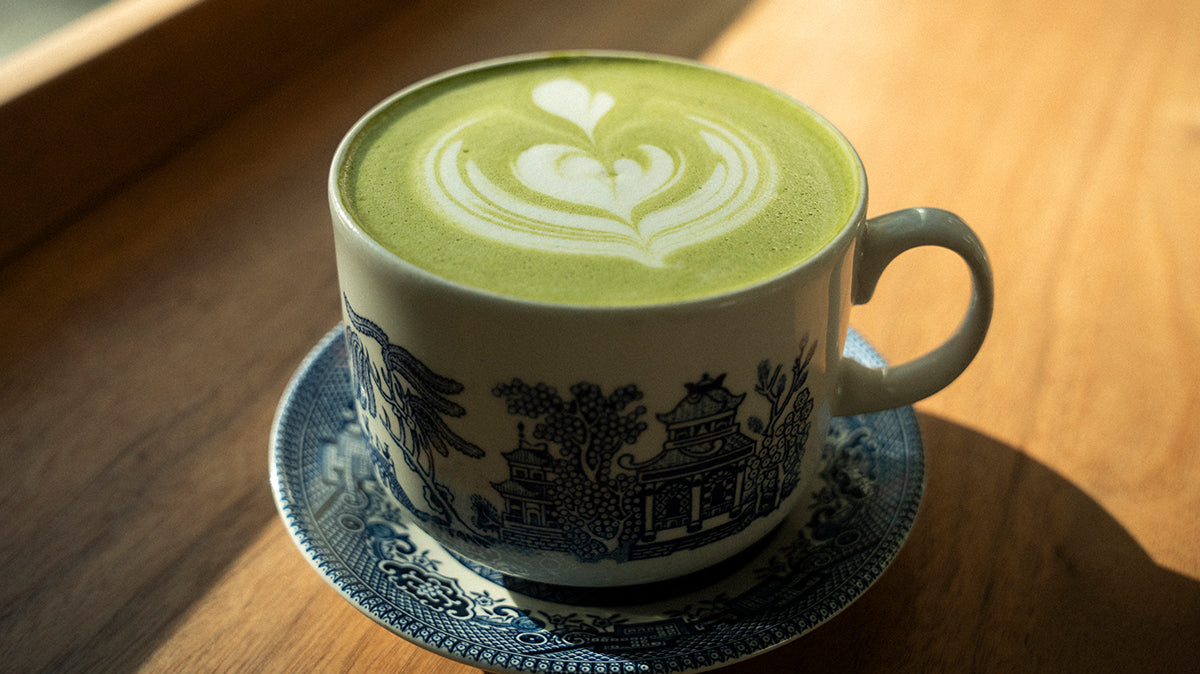Matcha has become a familiar sight in cafés, prominently listed on minimalist menus right alongside espresso macchiatos and cappuccinos. But matcha offers a different kind of ritual than coffee, and when prepared well, it delivers a flavor that’s as vibrant as its color: smooth, grassy, subtly sweet, and deeply satisfying. Though it began as a trend, matcha has become a staple in both specialty and chain coffee shops alike, indicating that this beverage is here to stay.
In this guide, we’ll explore what matcha is, how it differs from traditional green tea, and how to prepare it, including how to make a perfectly balanced matcha latte at home.
What is Matcha?
Matcha is a finely ground green tea powder made from the Camellia sinensis plant—the same species used to produce all true teas, including white, oolong, and black. When prepared properly, matcha has a creamy, frothy consistency and a flavor that balances grassy brightness, natural sweetness, and a slightly bitter bite with an almost umami-like quality.
Matcha packs a punch of caffeine, usually containing around 60-80 mg per serving (roughly equivalent to a shot of espresso), but that’s not the entire story. What’s unique about matcha is how that caffeine interacts with L-theanine, an amino acid that promotes calm focus and reduces the jittery effects caffeine can have. The result is a smoother, more sustained energy, the kind that keeps you alert and centered without the crash you might associate with coffee.
Origin and Cultivation
Matcha originates from Japan, where it has been cultivated and enjoyed for over 800 years. The practice was first brought from China to Japan by Zen Buddhist monks in the 12th century, who used matcha to support focus and mindfulness during long hours of meditation. Over time, it became central to Japanese tea culture and the traditional tea ceremony (chanoyu), celebrated for its harmony, respect, purity, and tranquility.
What makes matcha unique begins before the leaves are even picked. Several weeks before harvest, tea farmers shade the plants with reed mats or cloth, blocking direct sunlight. This slows photosynthesis, encouraging the leaves to produce more chlorophyll and amino acids—particularly L-theanine, which gives matcha its distinctive umami depth and gentle sweetness.
After harvesting, only the youngest, most tender leaves are selected. The stems and veins are removed, leaving behind pure leaf material known as tencha. The tencha is then stone-ground into an ultra-fine powder, often taking up to an hour to produce just 30 grams. This meticulous process preserves the tea’s vibrant green hue and smooth texture.
How to Make Matcha at Home
Making matcha is as much about intention as technique. Like coffee brewing, each step influences the final flavor and texture. Taking your time not only improves the cup, but also transforms the act of preparation into something meditative.
Equipment
You don’t need a full tea ceremony setup to make great matcha at home, but a few key tools make a big difference.
- Matcha bowl (chawan): A wide, shallow bowl that makes whisking easier.
- Bamboo whisk (chasen): Designed with fine, flexible tines that create a smooth, frothy consistency.
- Small sifter: Helps remove clumps for an even texture.
-
Spoon or scoop (chashaku): Traditionally bamboo, but any measuring spoon will do.
If you don’t have a chasen, a small milk frother, or a handheld whisk works fine in a pinch.
Instructions
- Measure and sift your matcha. Use about 1 teaspoon (2 grams) of matcha per serving. Sift the powder into your bowl to break up any clumps so the matcha dissolves evenly.
- Heat your water. Use 175°F (80°C) water, just below boiling. Water that’s too hot can scorch the matcha, making it taste too bitter.
- Add a small amount of water. Pour about 2 ounces (60 mL) of hot water over the sifted matcha.
- Whisk to combine. Using your bamboo whisk, start slowly to dissolve the powder, then increase speed, moving in a quick “W” or “M” motion until a layer of small bubbles forms on top. The goal isn’t large foam but a smooth, creamy froth with fine bubbles.
- Taste and adjust. For a more intense flavor, use slightly more matcha or less water. For a lighter cup, add a splash more hot water and whisk again.
Pro tips
- Use fresh water: Just like with coffee, water quality affects flavor. Filtered or spring water brings out matcha’s sweetness and clarity.
- Mind the ratio: Start with 1 teaspoon matcha to 2 ounces water, then adjust to taste.
-
Drink immediately: Matcha tends to settle, so enjoy it while it’s freshly whisked.
Properly prepared matcha should taste creamy, balanced, and full, with a mellow sweetness and pleasant finish. Once you’ve mastered the basics, you can use this foundation for lattes, iced drinks, or even espresso-matcha fusions.
How to Make a Matcha Latte
A matcha latte takes everything that’s beautiful about traditional matcha and pairs it with the creamy sweetness of milk. Much like espresso-based drinks, a great matcha latte depends on balance. You want the matcha’s bright, earthy flavor to shine through, not get lost in the milk. The key is using high-quality matcha, fresh milk, and mindful preparation.
Ingredients
- 1 teaspoon (2 g) matcha powder
- 2 ounces hot water (175°F / 80°C recommended)
- 6-8 ounces milk of your choice (oat, almond, soy, or dairy all work well)
Hot Matcha Latte
- Prepare your matcha base. Sift 1 teaspoon of matcha into a bowl, then whisk with 2 ounces of hot water until smooth and frothy.
- Heat and froth your milk. Warm your milk until just below boiling and froth it to your preferred texture. Oat milk tends to create a velvety body that complements matcha’s subtle sweetness beautifully.
- Combine. Pour your whisked matcha into a mug, then slowly add the frothed milk. You can spoon some foam on top for a café-style finish.
Iced Matcha Latte
An iced matcha latte is equally refreshing, especially when made with care to preserve the delicate flavor.
- Dissolve the matcha. Sift 1 teaspoon of matcha into a glass or shaker. Add a few tablespoons of warm water (not hot) and whisk or shake until fully dissolved and smooth.
- Add milk and ice. Fill the glass with ice, then pour over 6-8 ounces of cold milk. Stir or shake well to combine.
- Sweeten if desired and enjoy. Enjoy plain or add your preferred sweetener and enjoy immediately.
Note: For an extra-smooth texture, try shaking your iced matcha latte in a cocktail shaker before pouring it over ice. The agitation helps incorporate air and creates a lightly frothy top layer.
Types of Matcha Powder
Just like coffee, matcha quality can vary widely depending on how and where it’s grown, how it’s processed, and how fresh it is. These factors determine its flavor, color, and ideal use. Understanding the main types (or grades) of matcha can help you choose the right one for your daily ritual.
Ceremonial Grade
This is the highest quality matcha, traditionally used in Japanese tea ceremonies. It’s made from the youngest tea leaves, which have the smoothest texture and sweetest flavor. The powder is bright, almost neon green, with a delicate aroma and a fine, silky consistency. Ceremonial-grade matcha is best enjoyed on its own, whisked with hot water so you can appreciate its natural sweetness and creamy umami.
Premium or Latte Grade
Premium-grade matcha bridges the gap between ceremonial and culinary. It still has a vivid green color and smooth flavor, but with a bit more body and depth, making it perfect for matcha lattes or iced matcha drinks.
Culinary Grade
Culinary-grade matcha is made from slightly older leaves, which develop a more robust, earthy flavor. The powder tends to be duller in color (more olive than bright green) and less sweet, but it stands up well when mixed with other ingredients.
This grade is commonly used in smoothies, baked goods, and desserts, where the flavor needs to carry through against sugar or dairy. It’s the most affordable option and a great starting point when experimenting with recipes.
How to Choose Good Matcha
Regardless of grade, freshness and care in production make a noticeable difference.
Here’s what to look for when choosing matcha:
- Color: Vibrant, electric green indicates freshness and quality. A dull or yellowish tone often means it’s older or lower-grade.
- Texture: The best matcha feels ultra-fine and smooth, almost like talcum powder.
- Aroma: Fresh matcha smells grassy and sweet, never bitter or dusty.
- Origin: Japan produces the most highly regarded matcha, especially from regions like Shizuoka, Uji, Nishio, and Kagoshima.
What’s the Difference Between Matcha and Green Tea?
All matcha is green tea, but not all green tea is matcha. Both come from the same plant, yet their growing, processing, and preparation methods create completely different drinking experiences.
|
Feature |
Green Tea |
Matcha |
|
Cultivation |
Grown in full sun |
Shade-grown before harvest |
|
Processing |
Steamed, rolled, and dried |
Steamed, dried, and stone-ground into powder |
|
Preparation |
Steeped and strained |
Whisked directly into water or milk |
|
Flavor |
Light, crisp, and subtle |
Creamy, umami-rich, and full-bodied |
|
Caffeine |
20-40 mg per cup |
60-80 mg per serving |
|
Color |
Pale green or yellow |
Vibrant, opaque green |
|
Consumption |
Infusion (liquid only) |
Whole-leaf (powder suspended in liquid) |
Growing and Processing
The key difference between matcha and green tea starts in the field. Most green teas are grown in full sunlight, producing leaves that are later steamed, rolled, and dried before being steeped in hot water. Matcha, on the other hand, is shade-grown for about three weeks before harvest. This shading process increases chlorophyll production (which gives matcha its striking green color) and boosts L-theanine and other amino acids that create its distinct flavor.
After harvest, green tea leaves are typically rolled to release flavor compounds, while matcha leaves are kept flat and then stone-ground into a fine powder. This difference in processing is what makes drinking matcha a completely different sensory experience.
Preparation and Texture
Traditional green tea is steeped, meaning the leaves are infused in water and then drained or removed. Matcha, on the other hand, is whisked directly into water or milk so you consume the entire leaf.
That difference creates two distinct textures:
- Green tea has a light, clear liquor, often pale yellow or jade in color.
- Matcha has a creamy, frothy body, with a vibrant, opaque green appearance.
Flavor
Green tea is known for its delicate, refreshing taste: bright, slightly grassy, and sometimes floral or nutty depending on the variety. Matcha is more intense: earthy, vegetal, and bitter, though balanced with a complex natural sweetness.
Caffeine Content
Matcha usually contains around 60-80 mg of caffeine per serving. By contrast, a cup of steeped green tea typically contains 20-40 mg of caffeine, depending on the variety and brewing time.
The Final “Tea” on Matcha
Preparing and drinking matcha is a centuries-old tradition rooted in care, balance, and intentionality. When prepared thoughtfully, it offers a unique sensory experience: smooth, invigorating, and deeply calming. No wonder folks can’t get enough.
At Methodical, we believe good taste starts with good habits: slowing down, choosing quality ingredients, and enjoying every step of the process. We use only organic, ceremonial grade matcha in our preparations so our customers can appreciate this beverage at its best.
Get your Organic Ceremonial Matcha today →
You might also like:
- Types of Tea: An Introductory Guide
- How Long to Steep Tea for the Perfect Cup
- How to Make a Masala Chai Latte
- How to Brew Iced Tea Quickly with Loose-Leaf Tea
